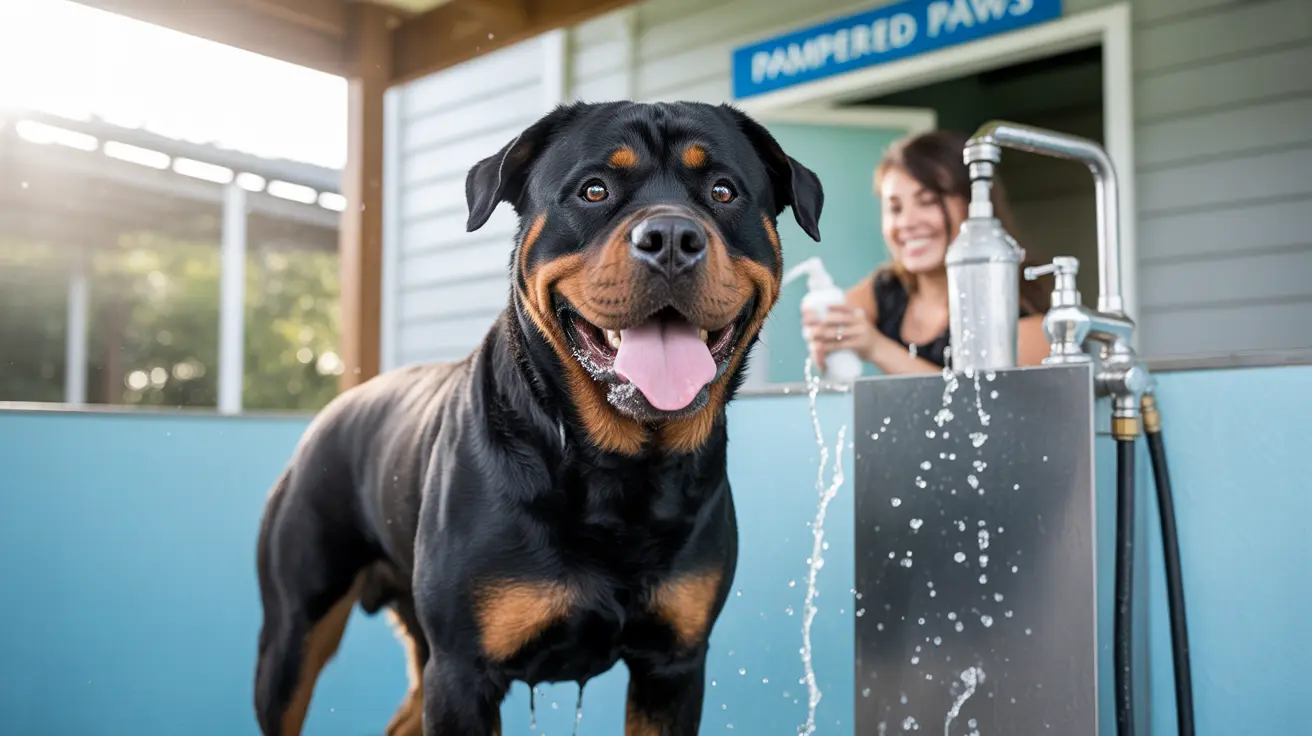Which Airlines Allow Large Dogs in the Cabin?
Traveling by air with a large dog isn't easy—most airlines have strict rules that limit pets in the cabin to those that can fit under the seat. But if you're determined to keep your big furry friend by your side, there are some exceptions, workarounds, and premium options worth exploring.
Standard Airline Policies: The Small Pet Rule
For most commercial airlines worldwide, only small pets are allowed in the cabin. The typical requirements are:
- The pet must fit comfortably inside a carrier that slides under the seat.
- The combined weight of pet and carrier is usually capped at around 8–10 kg (17–22 lbs).
- Carrier dimensions vary by airline but generally align with under-seat space.
Major U.S. carriers—including American Airlines, Delta, United, JetBlue, Southwest, Spirit, and Frontier—follow these rules. Some don't specify a weight limit but still require the carrier to fit under the seat. Internationally, European and Canadian airlines like Lufthansa, KLM, Air France, and Air Canada enforce similar restrictions (typically an 8 kg max).
Service Animals: The Big Exception
If your dog is a trained service animal, most airlines will allow them in-cabin regardless of size or breed. U.S. law (ADA and DOT regulations) requires this accommodation for individuals with disabilities. There are some caveats:
- The dog must be trained to assist with a disability.
- You may need to provide documentation or complete specific forms.
- The animal must fit within your seating area; otherwise you might need to purchase a second seat.
Emotional Support Animals (ESAs) used to be accepted by many U.S. airlines but most have discontinued this policy since 2021. Some Latin American carriers—such as AeroMexico, Volaris, Copa (on certain routes), LATAM, and Air Transat—may still allow ESAs in-cabin and sometimes permit larger dogs if you buy an extra seat.
JSX: A Unique Option for Large Dogs
JSX, a semi-private U.S. airline operating on select routes, stands out for its pet-friendly policy:
- Dogs up to 30 lbs can fly in-cabin inside a carrier under the seat for a $100 fee each way.
- Larger dogs (up to 79 lbs) can fly if you purchase an adjacent seat; they must be leashed and lie on the floor directly in front of your seats.
- A printed JSX pet acceptance form is required at check-in.
This makes JSX one of the only scheduled carriers where non-service large dogs can ride up front—though you'll pay for that extra space.
Semi-Private & Charter Services: No Size Limits
If cost isn't your main concern and keeping your dog close matters most, chartered flights or semi-private services offer true flexibility:
- RetrievAir: Charter platform allowing any size dog in-cabin; pricing varies by route and aircraft.
- K9 Jets: Offers pay-per-seat private jet flights along major international routes for owners traveling with big dogs.
- Bark Air: A luxury airline designed specifically for dog owners; all sizes welcome up front—for a premium price.
- Pet Jets: Another private charter option catering to travelers with pets of any size.
You'll find communities online where pet owners coordinate shared charters to split costs—a creative solution for long-haul journeys with big breeds.
Cargo Travel: The Standard for Most Large Dogs
If your dog doesn't qualify as a service animal and you can't spring for JSX or charter flights, cargo travel is usually the only option left on traditional airlines. Here’s what it involves:
- Your dog rides in a hard-sided IATA-compliant crate in the hold (not pressurized baggage area).
- Total weight limits usually top out at 150–165 lbs including crate.
- Brachycephalic (snub-nosed) breeds often face restrictions or bans due to health risks.
- You’ll need veterinary documents: health certificate, rabies vaccination proof, microchip details (especially internationally).
Cargo travel requires advance planning—book early as there are limited slots per flight—and direct flights are best for minimizing stress on your pet.
Alaska Airlines: A Special Case?
Alaska Airlines allows small pets in soft carriers without an explicit weight limit but enforces strict carrier dimension rules. There was a trial period where passengers could buy an extra seat for larger crated pets placed on the seat; however, this policy was not widely adopted and details should be confirmed directly with Alaska before booking as it may no longer be available.
International Carriers: Mostly Small Pets Only
Lufthansa, KLM, Air France, Air Canada—all restrict cabin travel to small pets under about 8 kg including their carrier. British Airways, Qantas, Emirates transport all pets as cargo only; no exceptions except trained service animals meeting documentation requirements.
Packing List & Prep Tips for Flying With Large Dogs
- If using JSX or charter: bring leash/harness and required paperwork; prepare your dog for new environments and boarding procedures.
- If flying cargo: acclimate your dog to their crate well before travel day; attach water bowls externally; use absorbent bedding; clearly label crate with contact info and documents attached outside.
Alternatives When Flying Isn't Feasible
If air travel doesn't work out due to cost or logistics:
- Consider driving—many car rental agencies allow large dogs with advance notice.
- Certain trains/ferries permit big breeds depending on route and company policy.
The Bottom Line
If you want your large dog next to you on a plane: JSX is currently the best scheduled airline option if you're flying within their network—and prepared to buy an extra seat. Otherwise, private charters like RetrievAir or K9 Jets remove all size restrictions but come at premium prices. Service animals remain protected across nearly all airlines regardless of size when proper documentation is provided. For everyone else? Cargo holds remain standard procedure worldwide—but always double-check policies before booking since rules can change quickly!





